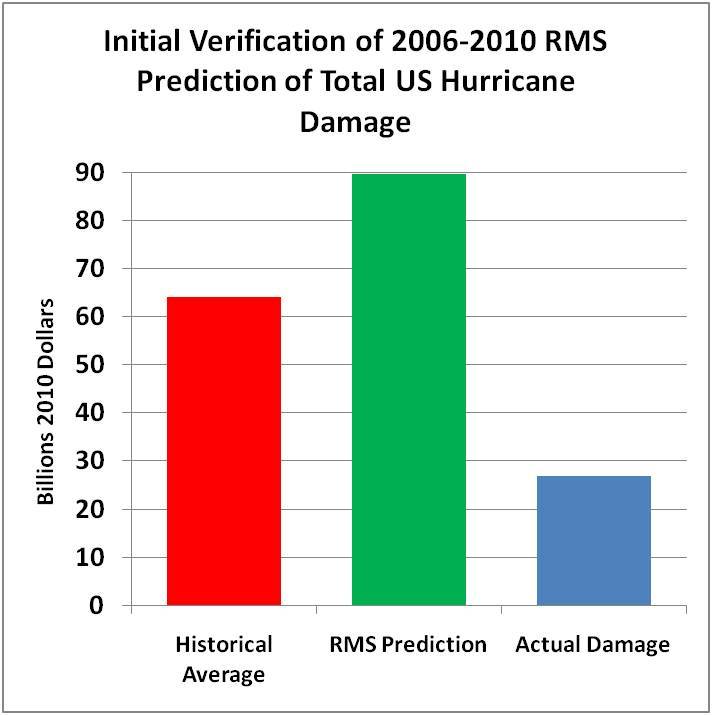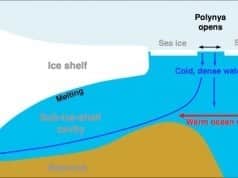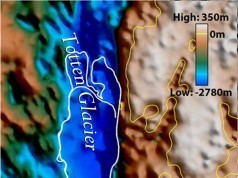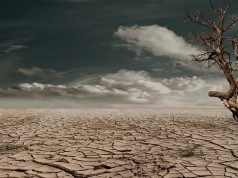An important piece of journalism appeared in Florida’s Sarasota Herald-Tribune newspaper today. It examines hurricanes and the insurance industry in a post-Katrina world.
In 2006, the lavishly illustrated version of Al Gore’s An Inconvenient Truth book – aimed at young readers – declared on page 11:
Science has now proven beyond a doubt that the Earth’s climate is changing, and changing much faster than originally feared. Because of it, we are witnessing such awful results as Hurricane Katrina in 2005 – results that leave so many people homeless and cities devastated.
Geology 101 tells us that the planet’s climate has always changed. Real Life 101 tells us that change is what everything in this world does. But with people like Gore saying global warming had caused Katrina – and warning of worse to come – insurance companies were eager to revisit the formulas they’d been using to calculate their risk exposure.
The Sarasota Herald-Tribune’s investigative piece tells the story of how an entity that provides hurricane predictions to the insurance industry came up with a new approach to hurricane forecasting following an informal four-hour discussion involving four experts.
The new numbers generated by these experts implied that the insurance industry needed to raise $82 billion to guard against hurricane losses expected to occur over the next five years. Guess where those billions came from? Insurance premiums skyrocketed. According to the news article, “the cost to insure a home in parts of Florida hit world-record levels.”
It’s important to understand that a body of peer-reviewed scientific literature, conducted by reputable scholars, has found no connection between climate change and increased hurricane damage. Yes, it costs more to rebuild after a hurricane than it used to, but this is because more people live in locales that are vulnerable to hurricanes – and their homes are bigger and fancier than they used to be.
Gore likes to frighten children with hurricane horror stories, but in 2007 a UK judge said Gore was mistaken. In a ruling that followed a 2-day hearing into the appropriateness of showing the film version of An Inconvenient Truth to secondary school students, the judge ruled that Gore was exaggerating:
In scene 12 Hurricane Katrina and the consequent devastation in New Orleans is ascribed to global warming. It is common ground that there is insufficient evidence to show that. [paragraph 30; see also press accounts here, here and here.]
Today’s Sarasota Herald-Tribune reports that while Risk Management Solutions (RMS), the hurricane prediction company, said its new mathematical formula represented a “scientific consensus” the reality “was quite different.” Rather than consulting a broad range of views, or hosting a structured debate, RMS appears to have consulted experts clustered at one end of the spectrum of opinion.
Quelle surprise that, five years later, we find that the forecast generated by these experts was bogus:
the prediction of a more dangerous Florida has not played out. The new RMS model called for at least 11 hurricanes to come ashore in the United States by the end of 2010, most of them aimed at Florida. Four hurricanes struck the U.S. None hit the Sunshine State.
One of the four experts who contributed to the mathematical model that spurred the multi-billion-dollar cash grab is Kerry Emmanuel, an MIT professor whom the newspaper describes as the “rock star” of the quartet. In the words of the newspaper:
He now questions the credibility of any five-year prediction of major hurricanes. There is simply too much involved. “Had I known then what I know now,” Emanuel said, “I would have been even more skeptical.”
Let’s think about that. When compared to the task of predicting how the entire planet’s climate will be behaving 50 to 100 years from now, predicting hurricanes in one small corner of the world over the next five years is surely far more manageable. Yet here’s a famous professor saying there is simply too much involved for scientists to make an accurate prediction.
Roger Pielke Jr., another professor, also gets quoted in this newspaper article. He participated in a subsequent round of consultations RMS held in 2008. In that instance, seven experts were asked for their opinion of 39 climate models. In a blog post dated today Pielke says:
at the time I explained that their methodology was biased and pre-determined. A group of monkeys would have arrived at the exact same results.
Although Pielke believes humans are contributing to global warming, he possesses an integrity some other climate experts appear to lack. Pielke has consistently objected to what he feels is the distortion of hurricane disaster data by people who bring their own agendas to the discussion.
The following graph appears in his blog post today. The red column is what averaged historical data suggests should have happened in terms of hurricane damage in the US between 2006 and 2010. The blue column is what actually happened, and the green column represents the RMS prediction.
In other words, people like Gore couldn’t have been more wrong. Since he began threatening us in fire-and-brimstone fashion with even worse hurricanes, matters have improved dramatically. Rather than causing more damage than usual, hurricanes have actually caused significantly less.
Judith Curry, another expert professor, was also involved in the 2008 round of consultation. The newspaper quotes her as saying: “I thought all of the [39] models were wrong. I didn’t have confidence in any of them.” (See her blog here.)
Nevertheless, that was the process on which RMS relied to produce its magical (now adjusted) hurricane prediction number. And guess what? Although the new number is somewhat lower than the old one, the newspaper says the insurance industry has been far slower to reduce premiums than it was to raise them.






